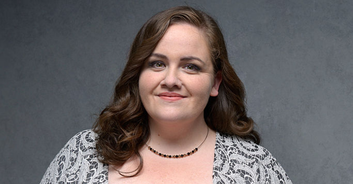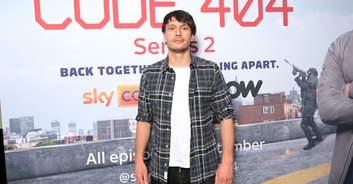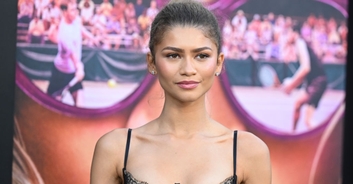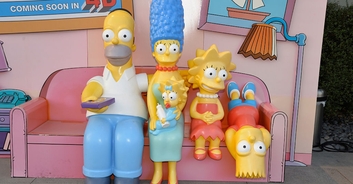Aside from the dramatic scenes we've already seen unfold since the final season of Game of Thrones kicked off earlier this month, one particular detail has not escaped the notice of the show's ultra-dedicated fanbase.
And that's that the show has gotten so dark that being able to see what's going on is a battle in itself.
See for yourself what everyone's talking about:You may have thought, perhaps based on how dark the show is thematically, that this was intentional. But while it is indeed intentional, it has little to do with the very intense and sombre storylines.
According to one of the HBO's hired directors of photography, the show's cinematographers were trying to make the scenes appear as realistic as they could, based on the season in which the episodes are set.
Now that winter is here, and has been since season seven, there is a noticeable contrast in lighting between the later seasons and the earlier seasons.
Take a look at the preview to Season 8, Episode 4:"I think we're all very much on the same page where we're trying to be as naturalistic as possible," Robert McLachlan, the lead cinematographer for eight "Game of Thrones" episodes, told INSIDER in 2017.
The previous seasons of the HBO show were set in late summer and early fall and extra lighting was used to reflect this.
"If you watch season one again, there's a lot of unmotivated backlight," McLachlan said. "Even day exteriors, you can tell that they've been lit."
But more recently, the cinematographers have been "trying to be as naturalistic as possible."
If you haven't yet seen Sophie Turner reacting to the trailer for episode 3, you need to:They wanted "to make these sets and locations feel as if they're absolutely not lit by us, but only by Mother Nature or some candles," McLachlan continued, "so that it feels more naturalistic, albeit enhanced in some cases."
"In season seven, of course, winter is here," McLachlan said. "In the past, we had the shutters open out of necessity for the day interior [scenes] in Winterfell or Castle Black or Eastwatch, so that some daylight could make its way in. That was your primary lighting source.
"There was this rule there that nobody in this world would burn candles in the daytime because they're a luxury item, they're far too expensive."
"What's happened is now, with winter really here, there was a consensus that it would seem daft for them to have the shutters open when it's so bitterly cold out," McLachlan said.
"Why would they do that? But on the other hand, it really makes it a lot harder for a cinematographer to justify some naturalistic light in there without so overdoing the candles or the fire or what have you."
So, as a result of the gloomy winter in the North, the indoor scenes also became darker.
In contrast, the photos fans see in GoT-centric articles and videos usually come from Helen Sloan, their set photographer. She is able to increase the brightness settings, creating a noticeable difference to what we see on screen.












